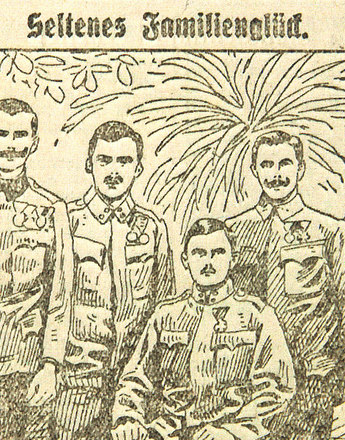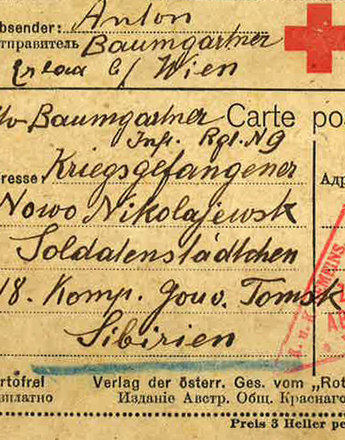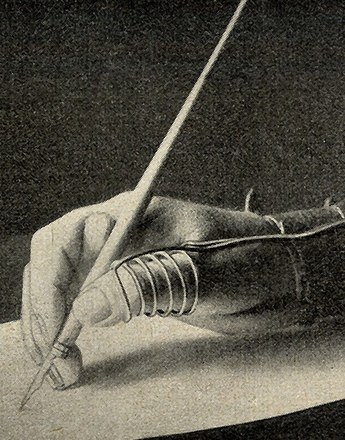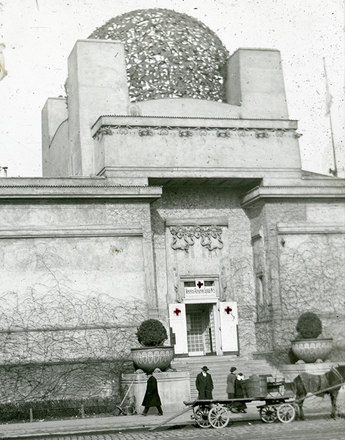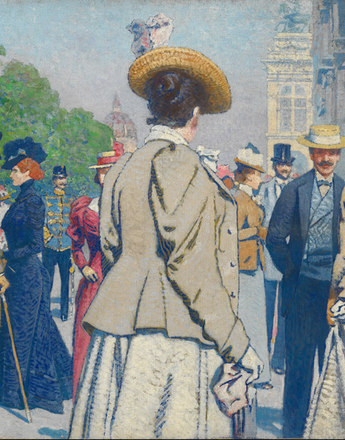Media
All Quiet on the Western Front was released in 1930. It was the film of Erich Maria Remarque’s novel of the same name about the experiences of a soldier during the First World War. Remarque’s book and the film adaptation are classic anti-war statements. Alongside the patriotic, glorified heroic epics and “authentic” documentation of service for the fatherland, this was just one way in which the First World War was portrayed in literature and films – a medium that had come into being only twenty years before the outbreak of war.


